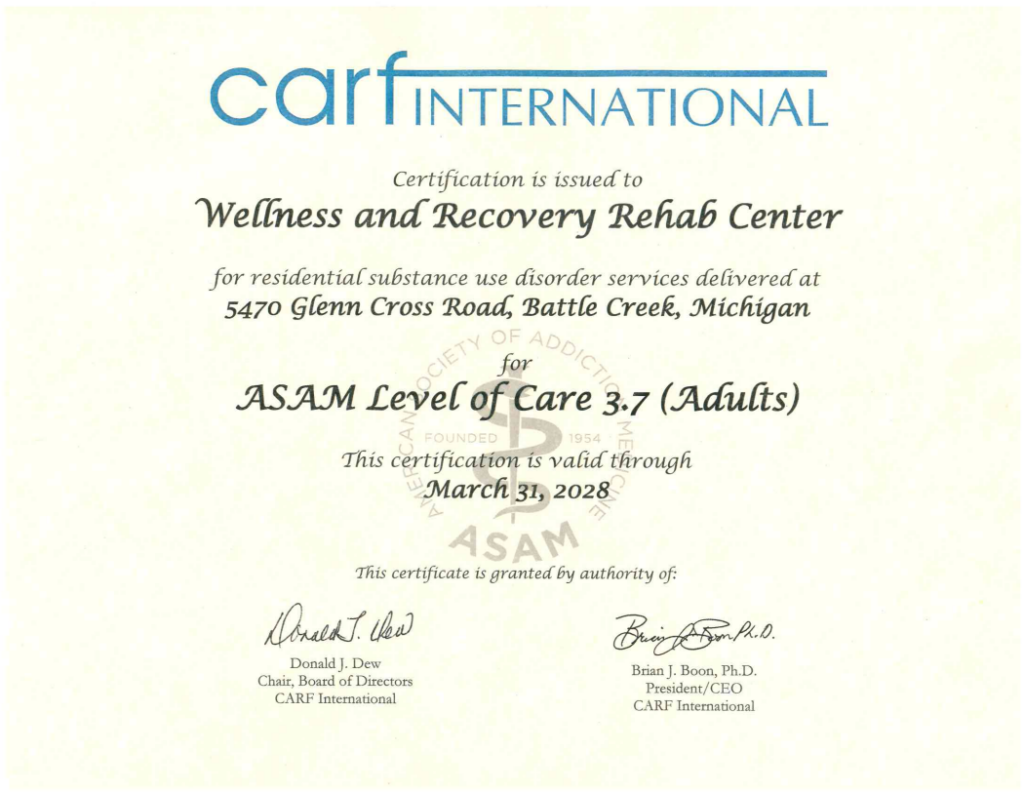
Chronic pain is a significant public health issue in the United States, affecting millions of adults and reshaping the landscape of healthcare. Recent data indicates that nearly 1 in 4 U.S. adults experienced this condition in 2023.1
With an incidence rate of 52.4 new cases per 1,000 people, chronic pain demonstrates a higher rate of occurrence than several other health issues, including:2


Understanding chronic pain as a complex medical condition is crucial in improving outcomes. Unfortunately, misconceptions and stigma surrounding chronic pain can lead to inadequate care, leaving many individuals feeling dismissed or misunderstood.

Musculoskeletal disorders are a common source of chronic pain, affecting:11

Understanding chronic pain means acknowledging its influence on both emotional resilience and cognitive clarity.


For those with pre-existing SUD, chronic pain can complicate recovery efforts. Pain-related distress may trigger cravings, leading to relapse, while withdrawal symptoms from substances can amplify pain perception.
"At Wellness and Recovery, we take a holistic and multidisciplinary approach to managing co-occurring chronic pain in patients with a history of substance use disorders. We prioritize non-opioid treatments such as physical therapy, meditation, and yoga, which are integrated into our treatment plans. Additionally, we use cognitive behavioral therapy (CBT) and dialectical behavioral therapy (DBT) to help patients develop healthy coping mechanisms for pain management. For those who may benefit, we also offer medication-assisted treatment (MAT) with non-opioid medications to address pain while minimizing the risk of relapse. Our goal is to provide safe, effective pain relief while supporting long-term recovery."
Persistent pain affects the brain’s neurotransmitter systems, particularly those responsible for regulating mood and stress.
PTSD, particularly in those whose pain stems from traumatic injuries, adds another layer of emotional distress that intensifies the overall experience of pain.

Over time, chronic sleep deprivation lowers pain tolerance, increases inflammation, and exacerbates emotional distress. This can create a self-perpetuating cycle of worsening symptoms.20

"For patients with co-occurring chronic pain, we recommend a variety of non-opioid treatments that align with our holistic approach. These include physical therapy, yoga, and meditation, which help reduce pain and improve overall well-being. We also incorporate art therapy and recreational therapy to address the emotional and psychological aspects of chronic pain. Additionally, we use medication-assisted treatment (MAT) with non-opioid options when appropriate. By combining these therapies, we provide comprehensive pain management solutions that support both physical and emotional health without relying on opioids."
At Wellness and Recovery, we take a comprehensive approach to co-occurring chronic pain, utilizing a range of evidence-based medical interventions. We’re here to help you heal from the inside out—treating substance use disorder, co-existing mental health challenges, and chronic pain at the same time.
Our primary focus is on non-opioid treatments to minimize the risks associated with prolonged opioid use.

CBT helps individuals recognize and modify negative thought patterns that contribute to pain perception. By challenging unhelpful beliefs and developing adaptive coping strategies, patients learn how to manage distress and reduce the emotional toll of chronic pain.
"Co-occurring chronic pain can have a profound psychological impact, often leading to feelings of frustration, anxiety, or depression, which can complicate addiction recovery. At Wellness and Recovery, we address this through evidence-based therapies such as cognitive behavioral therapy (CBT) and trauma-focused therapies. These therapies help patients reframe their relationship with pain, develop healthy coping strategies, and address any underlying emotional trauma. We also offer support groups, art therapy, and mindfulness practices like yoga and meditation to help patients build resilience and maintain their recovery while managing the psychological challenges of chronic pain."
DBT is particularly beneficial for individuals experiencing chronic pain alongside emotional dysregulation.
Yoga serves as both a physical and mindfulness-based therapy for chronic pain.
Creative expression offers a therapeutic outlet for individuals coping with chronic pain. Art therapy provides a nonverbal means of processing emotions, reducing stress, and enhancing overall mental health.
Engaging in creative activities such as painting, drawing, or sculpting allows individuals to shift their focus away from pain and toward meaningful self-expression.
Strength isn’t just about pushing through the pain; it’s about knowing when to seek support. Our team can help you with understanding chronic pain and ensuring you get the best possible care.
Reach out today to discover a recovery plan that supports not just your body but your entire well-being. A better tomorrow begins with a single step today.
